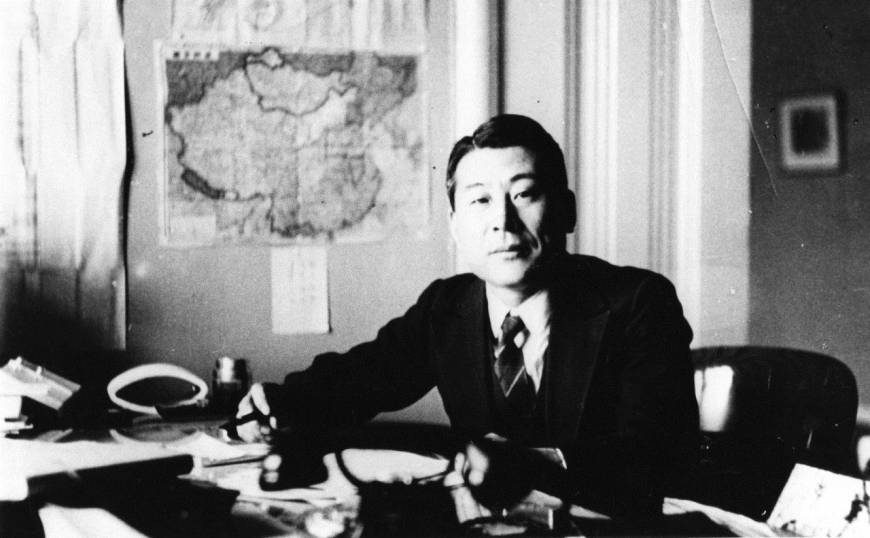
From 1955 to 1975, South Vietnam, officially the Republic of Vietnam, was a state governing the southern half of Vietnam. After World War II, the Viet Minh, led by Ho Chi Minh, proclaimed the establishment of Democratic Republic of Vietnam in Hanoi. In response to the rise of power of Ho Chi Minh and his communist Viet Minh party, South Vietnam and its principal ally, the United States, declared war. More than three million people, including 58,000 Americans, were killed in the Vietnam War. Growing opposition to the war in the United States forced President Nixon to withdraw U.S. forces from Vietnam in 1973. As a result, communist forces seized control of Saigon and unified the country as the Socialist Republic of Vietnam. Between 1975 and 1995, nearly 800,000 refugees fled their homeland in hopes for a better future. These refugees, also known as “boat people,” headed for the Malaysian coasts in a perilously overcrowded fishing boat that was not meant to travel across wide-ranging trips over open waters. Not only did the refuges face the wrath of perilous storms, but they also had to survive fatal diseases as well as threats from starvation. Richard Vine, the US State Department’s Bureau for Refugee Programs director at the time also described the frequent encounters with pirates… “[refugess] are first robbed of their meager material possessions, then of their human dignity, and, sometimes, of their lives.” To make matters worse, there were often anti-refugee crowds on the shoreline waiting for the arrival of the boats, only to push them back out to sea.
In commemoration of the 40th anniversary of the fall of Saigon, and the lives lost in the search for freedom, New York City-based artist Matt Huynh adapted author Nam Le’s award-winning 2008 story “The Boat.” Le, the son of Vietnamese boat people, wrote seven short stories, which take the reader to such places as Colombia, New York City, Iowa, Tehran, Hiroshima, and small-town Australia. In these short stories, Le explores the conditions the boat people faced in the 1970s through the fictional account of a Vietnamese girl called Mai. Le fictionalized the conditions of the boat people through chilling imagery of the terrifying storm and the desperate fight for survival: “The remaining light drained out of the hold. Wind screamed through the cracks. She felt the panicked limbs, people clawing for direction, sudden slaps of ice-cold water, and the banging and shapeless shouts from the deck above. The whole world reeled.”
Le’s published story was edited considerably in Huynh’s rendition of the comic. Through the effects of these comics, the story of the Vietnamese boat people became a real life experience. Huynh glued his pencil illustrations onto mood boards and strung them between slim horizontal panels, which swayed rhythmically in motion with a cresting wave. Each story was split into six separately titled chapters, each accessible from hyperlinks on the right side of the page. The interactive animate version of Le’s stories include visuals of digitally layered rain streaks, black and white imagery, and eerie audio stimulations of the grim journey of the Vietnamese boat people. The comic encourages the reader to scroll down through the website in order to activate the animation. As the story progresses, occasional bursts of lighting and thunder instigate emotions of genuine fear and terror. Huynh succeeds in captivating the struggles and distress of the Vietnamese refugees as they tread across unsafe waters and unfamiliar territory. Each figure in the comic is illustrated with a ghostly, translucent-looking figure, usually depicting the theme of death. The hopeless sensation of the comic captivates the sentiments of the Vietnamese refugees. Huynh’s rendition of “The Boat” is a combination of both art and history that increases the understanding of the trials faced by the “boat people.”







